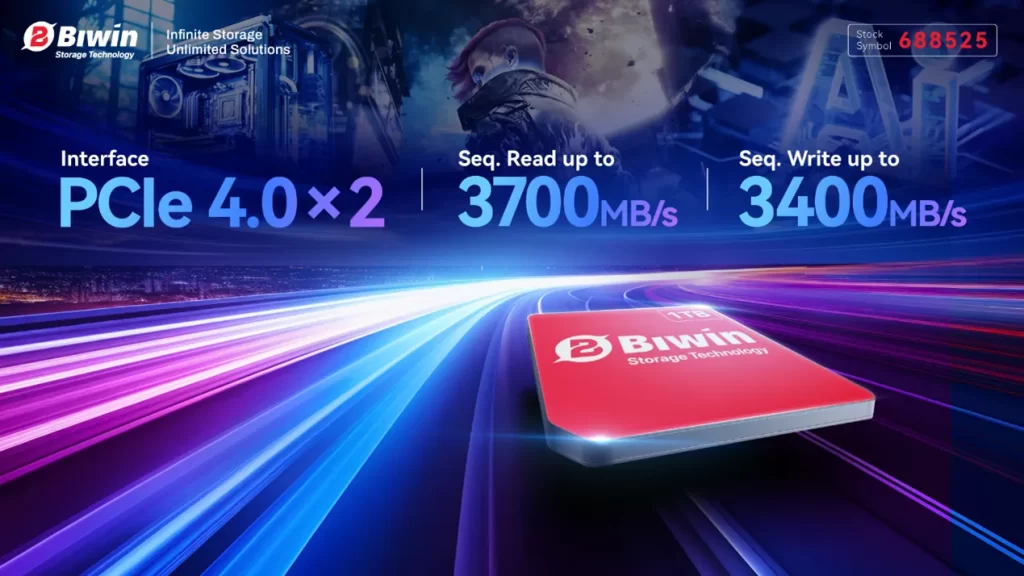The Role of Speech-to-Text in Making Books More Accessible

Photo by Pixabay on Pexels.com
When Words Take Shape Through Sound
Books have always been about ink and paper or more recently pixels and screens. But for many readers the path to understanding begins with sound. Speech-to-text technology flips the script by turning spoken words into readable lines and in doing so unlocks stories for people who might not be able to hold a book or track a page with their eyes.
This tool once seen as a novelty is now a lifeline for those with visual impairments learning differences or mobility challenges. It has moved beyond clunky transcription into something far more natural. Readers can now speak into a device and see books come to life one word at a time. For those who navigate the world by listening first this is not just a convenience. It is freedom.
Bridging the Gap Between Listening and Reading
The beauty of speech-to-text lies in its subtlety. It allows books to meet readers where they are instead of forcing them into one rigid format. With a simple microphone and software a person can dictate notes summarise chapters or even compose essays using content from their reading. This opens up literature and study in ways that paper never could.
Libraries and e-reading apps are beginning to integrate voice commands and real-time transcription into their systems. Audiobooks once the only voice-based option are no longer the sole solution. Now entire libraries can be searched and explored with voice alone. And when that voice turns into visible text it means someone who could not read in the traditional sense suddenly can.
Quiet Revolutions in Everyday Reading
Even those without a diagnosed barrier benefit from speech-to-text. Think of the multitasker reading with one hand and stirring soup with the other. Or the commuter eyes fixed on the road but ears tuned into a voice that becomes words on a screen. These quiet revolutions do not grab headlines but they reshape habits. They allow books to live in places where pages never could.
This shift from eyes to ears to text blends the best of old and new. Storytelling began with spoken word long before writing emerged. In a way speech-to-text returns books to their roots while offering something entirely new. This is not about replacing reading but expanding what it can mean.
A few tools and features are leading the way in making this blend seamless:
- Real-Time Dictation Tools
Real-time dictation lets users speak into a device and see immediate transcriptions. This is invaluable in classroom settings or while taking notes during reading. The immediacy of the text helps retain information and offers a live bridge between voice and understanding. For readers who process thoughts out loud this turns spontaneous expression into written knowledge.
- Voice-Activated Search
Voice-activated search in e-libraries allows users to find specific titles authors or topics without needing to type. It breaks down barriers for users who struggle with keyboard use or spelling. More than that it speeds up interaction and adds a layer of comfort and control that typing often lacks.
- Interactive E-Readers
Some e-readers now offer a hybrid experience where users can ask questions highlight text or make annotations using voice. These features support a more active form of reading where reflection and response happen in the same moment. This transforms passive reading into a full dialogue between reader and book.
These features do not work in isolation. Together they redefine how books are consumed and remembered. And their impact continues to grow as more titles and libraries adopt these tools into their core offerings.
From Speech to Story Without a Pause
E-books and online libraries have embraced this shift with open arms. Major collections now offer accessibility features built directly into their reading environments. These include not just speech-to-text but also read-along functions voice bookmarks and even pronunciation guides for non-native readers. The goal is not to simplify books but to make them open to all.
In this landscape from academic works to fiction Z-library just like Library Genesis or Project Gutenberg provides unlimited reach. It houses collections that go far beyond genre or subject and many of those books are enhanced by tools that support voice interaction. When stories are no longer limited to screens or pages they can travel farther and settle deeper.
Speech-to-text makes reading feel more like a conversation and less like a task. It allows thoughts to flow between speaker and page and back again. In a world that often moves too fast to sit and read for hours this gentle form of connection is more than helpful. It is essential.
Stories That Speak and Listen Back
The role of speech-to-text in literature is not just about access. It is about a new kind of intimacy. Readers hear the story speak and they respond not just with their minds but with their voices. That loop creates a sense of presence that old formats could never offer.
The book becomes a listener. The reader becomes a speaker. And between them a new kind of story is told. One that hears back.






